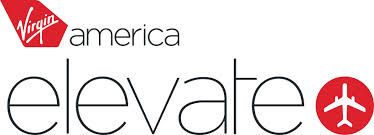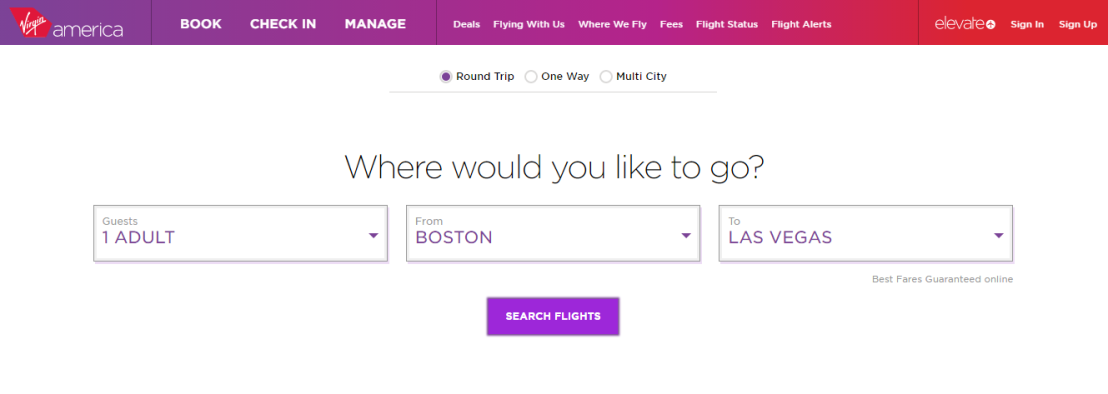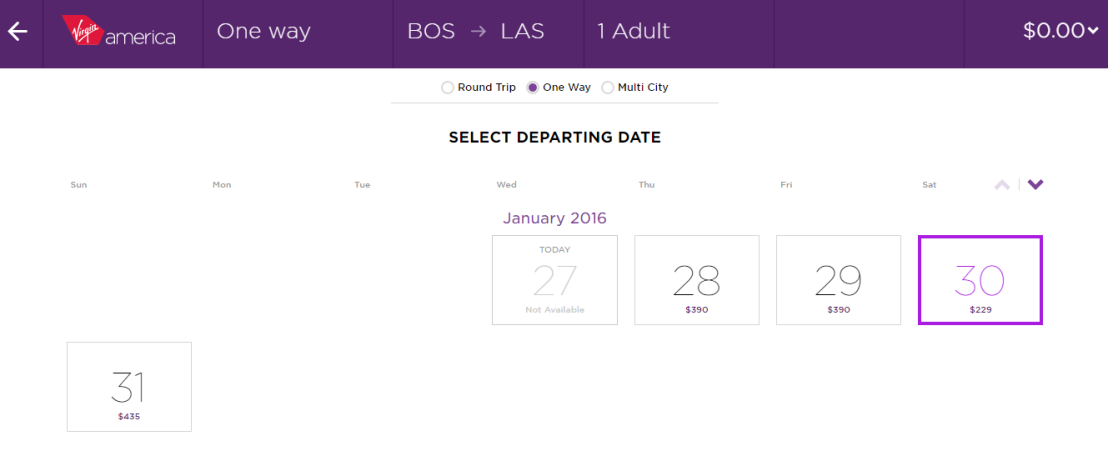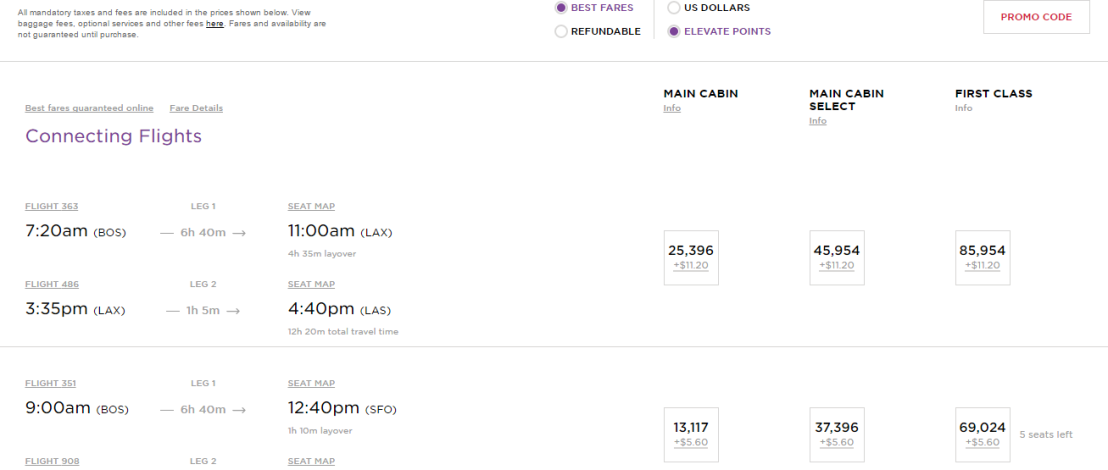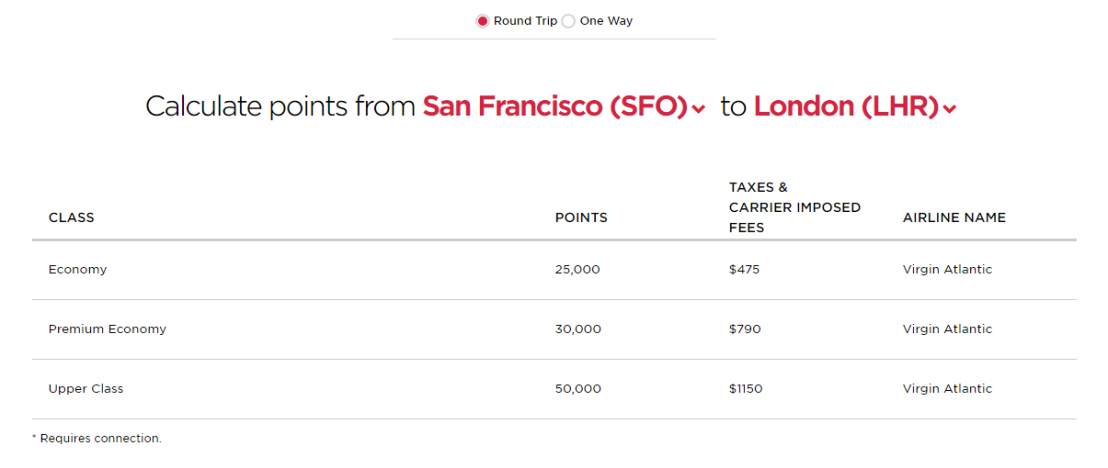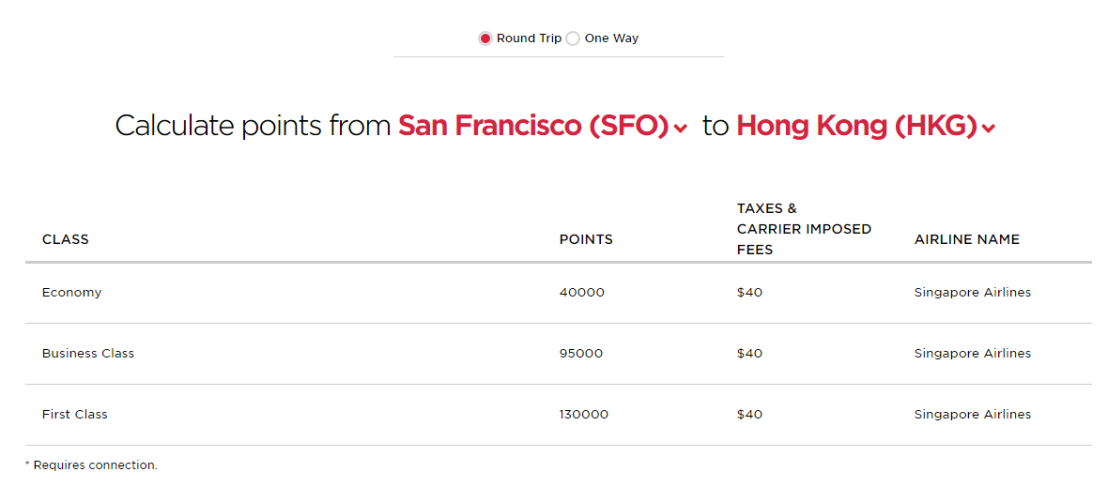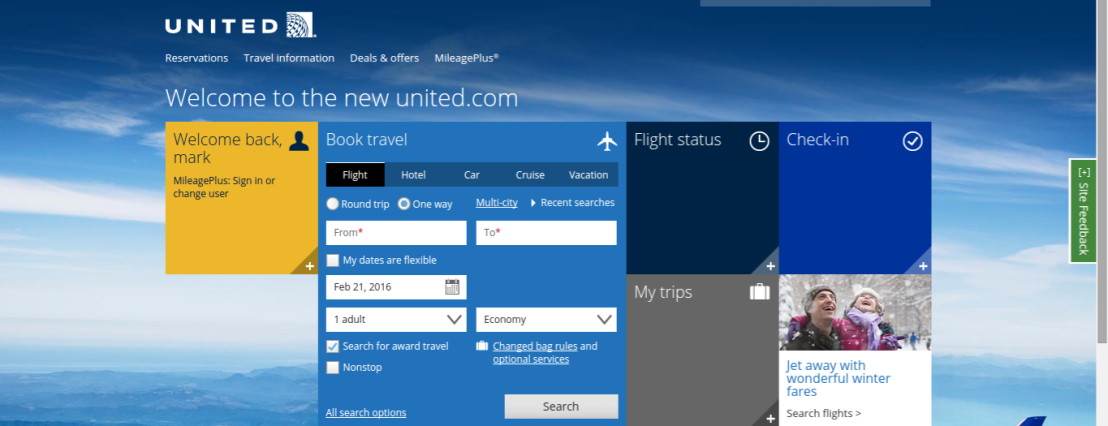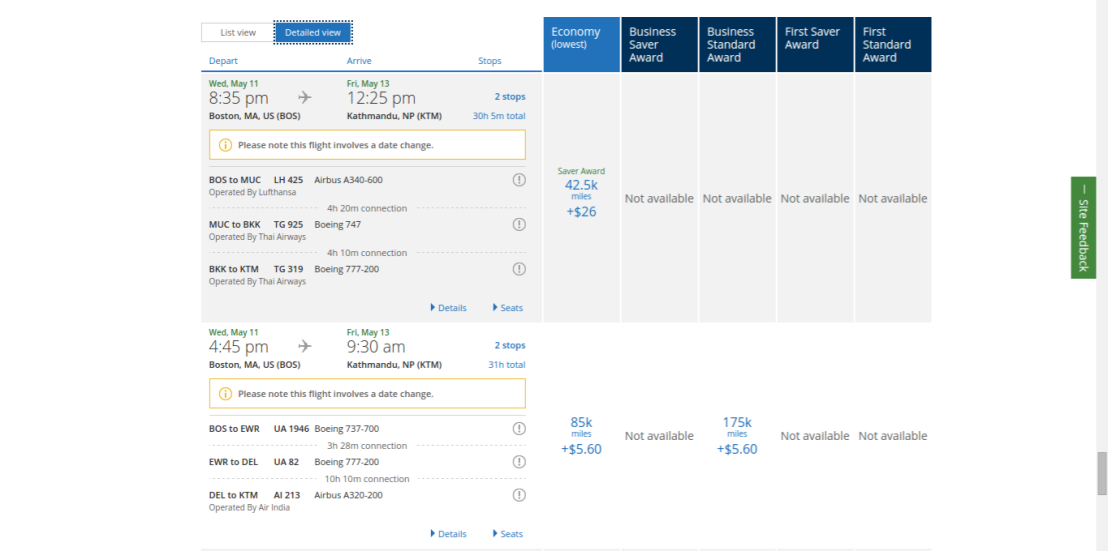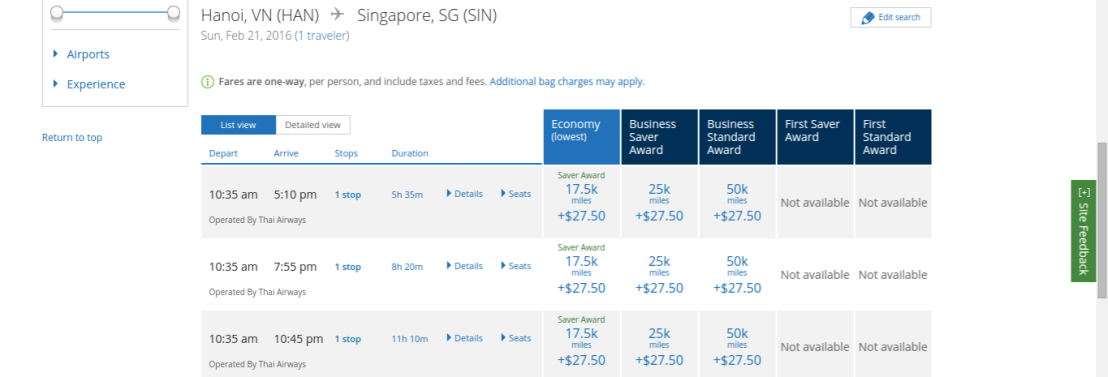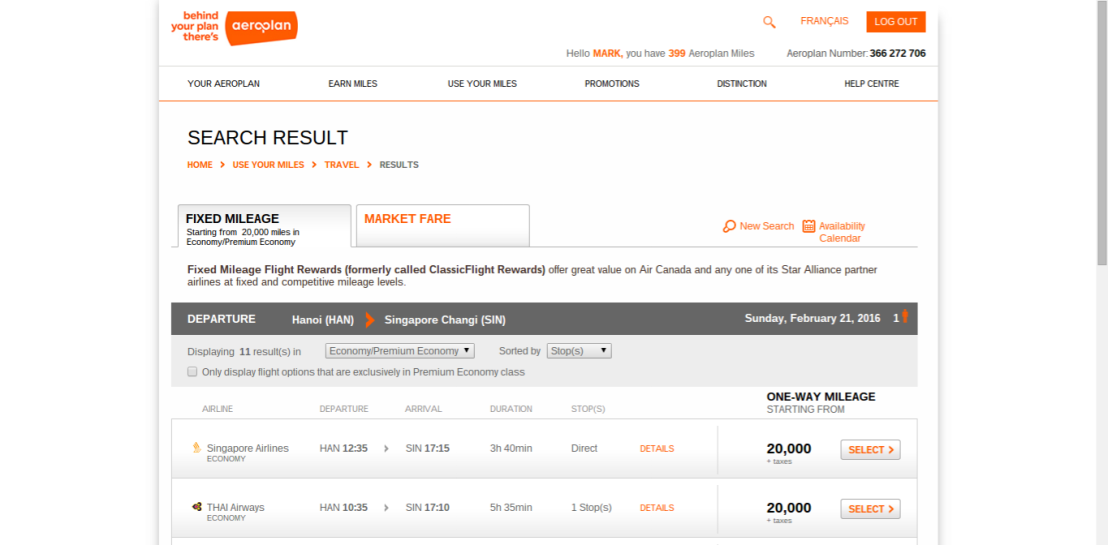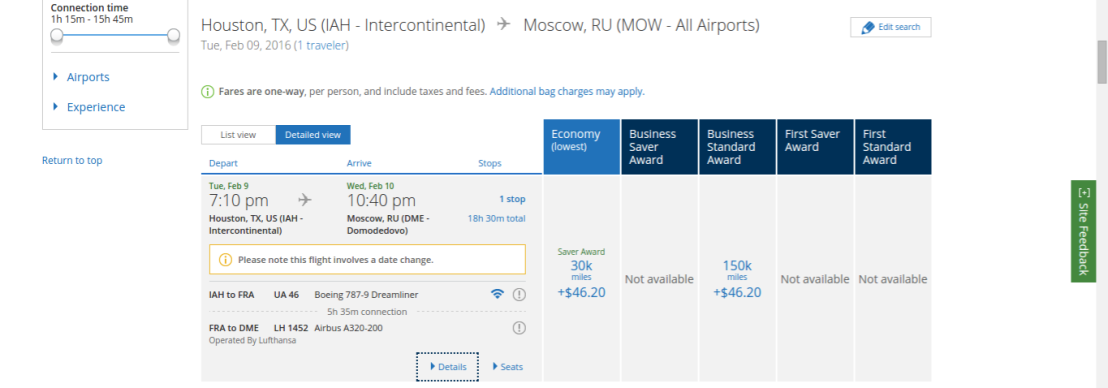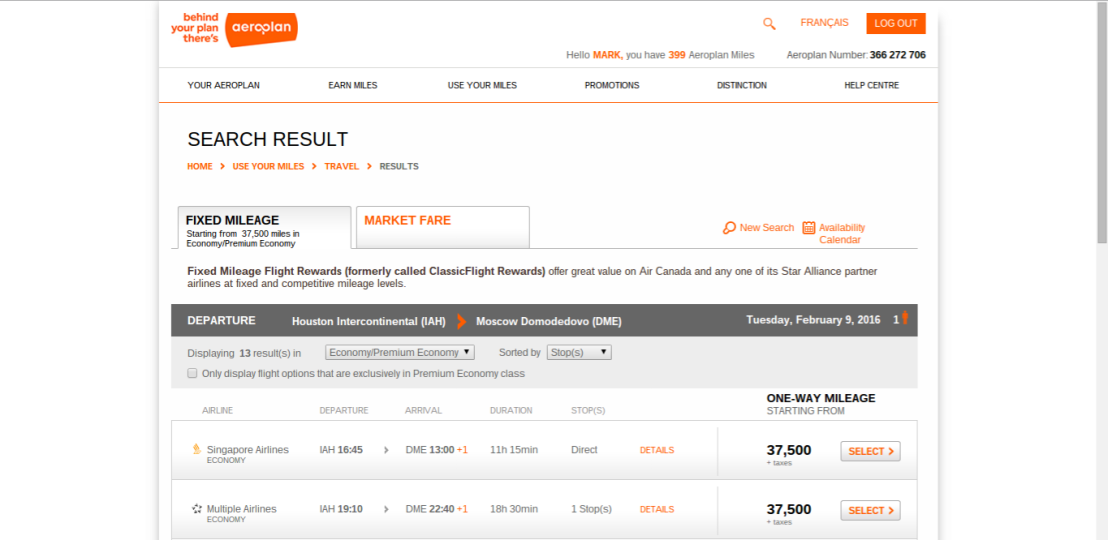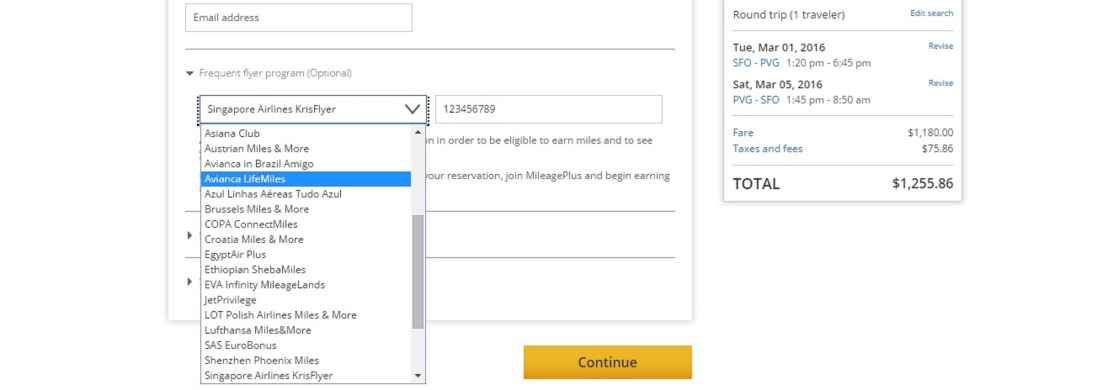At the time of writing this, I recently got off a flight from San Jose to Boston via Denver on United Airlines. I was lucky enough to score a great last minute deal, booking it for just $137, despite it being a nearly 3,000-mile journey.
Now, in a more simpler era, airlines had the very simple policy of giving you one mile earned for every mile you flew. Unfortunately, itineraries like the one I booked above meant that the airline would give away a lot of miles without earning much money. In contrast, (business) travelers who often booked very expensive short-distance (often last-minute) itineraries would not earn very many miles, creating a disincentive against a behavior that is very profitable for the airline.
Consequently, over the past three years, the Big Three airlines (United, Delta, and American) have all made the switch to what is known as revenue-based earning, where the number of award miles earned correlates with the amount of money spent on the ticket, rather than the amount of miles flown. Southwest, JetBlue, Virgin America, and Sun Country have always operated this way, leaving Alaska, Frontier, and Spirit as the only domestic airlines that still award miles based on distance flown rather than money spent (though there is rampant speculation that Alaska may be switching away from this, and redeeming miles and Frontier and Spirit is an exercise in frustration).
With the Big Three airlines, they now award you miles equal to five times the price of your airfare before taxes, assuming you don’t have any status. So for the itinerary I booked recently on United, despite flying 2,705 miles, I would have only earned 535 United award miles:

Considering that domestic one-way awards on United start at 10,000 miles (for trips under 700 miles), this means that I won’t have enough award miles to redeem for a free trip until I’ve spent $2,000 on airfare!
If that sounds like a lot of money to spend in order to book a free flight that often prices for under $100, it is!
The good news is that given United’s membership in the Star Alliance, you can choose to earn miles with any of the 27 airlines in the Star Alliance, or one of their non-alliance partners like Aer Lingus.
And while the other airlines would love to also award miles based on how much you spent on United, for obvious reasons, they do not have that data, nor is United going to provide it to them. So they have no choice but to award miles based on how far you fly. That being said, not all tickets will earn miles at the same rate. And that’s not just whether you’re flying in first, business, or economy – even within economy, not all tickets earn at the same rate.
I’m not going to get into a detailed explanation of airline fare classes given how complex a topic is, but what it comes down to is that airlines sell there tickets in different fare “buckets”. Availability of those buckets varies depending on a number of factors, which is also why the person next do you on your flight may have paid a different amount for the same flight.
Somewhere on your ticket there should be a letter indicating the class; in my case it was “G”:

Thanks to the very helpful website wheretocredit.com, I can now see how many miles I’ll earn on a G fare on United Airlines: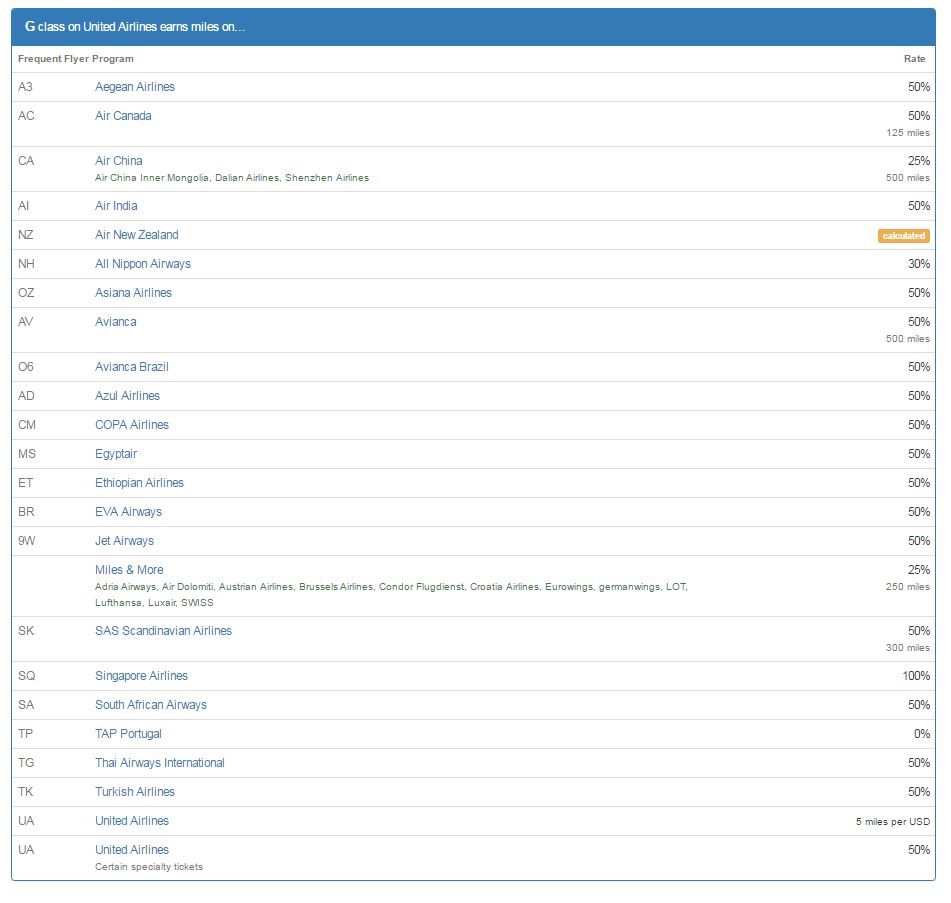
Knowing that my flight is 2,702 miles (which I can see from the “PQM” field above), I know that if I credit to Singapore Airlines, I can earn 100% of those miles flown, or 2,702 miles with Singapore Airlines’ KrisFlyer program. As you can see from the chart, my flight will earn the most miles on Singapore Airlines (as it turns out, almost all United flights will earn 100% on Singapore Airlines).
Of course, that’s not to say you should always credit miles to the program where you will earn the most miles, as intuitive as that may seem. Before deciding where to credit your miles, you should first look at the award chart of the airline you want to earn miles on to see how many miles you would need for an award. In this case with Singapore Airlines’ award chart, I can see that a round-trip flight within the United States (which would be on United) booked through Singapore Airlines is 25,000 miles, or, the same as it would cost if I were booking with United miles:

But that’s not the only thing to consider. You should also think about how easy it is to accrue these miles. In this situation, I know that I can transfer my Starwood Preferred Guest points, Citi ThankYou Points, AMEX Membership Rewards, or Chase Ultimate Rewards to Singapore Airlines if I encounter a situation where I need more miles to book an award. Furthermore, you also should be aware of any taxes and fees that airlines may add on to your ticket – in this case I know that none would be added for a domestic flight on United Airlines, but Singapore Airlines can sometimes add on thousands of dollars in fees for first-class redemptions on Singapore Airlines.
But let’s say instead this flight earned 75% on Singapore Airlines and 100% on Ethiopian Airlines. Given that there is no other way to accrue Ethiopian Airlines miles other than flying Star Alliance airlines, I might still lean toward earning on Singapore Airlines. Furthermore, you should look to see how easy it is to redeem miles in the program you are earning with. While I know that it is relatively easy to redeem Singapore Airlines KrisFlyer miles (it does require a phone call if you aren’t booking on Singapore Airlines itself), I might be a little bit more skeptical about doing something like crediting all of my Delta Airlines flights to Czech Airways; while Czech Airways generally earns the most miles for Delta flights (usually 100%), a brief search for stories about redeeming those miles indicates it’s nearly impossible.
I should also mention that this strategy should only be used by people who are not trying to attain status with a particular airline. In order to do so, you need to be crediting all your flights to the same airline, and then based on how many miles you fly, you may be able to earn status with that airline, even if you don’t earn nearly as many actual redeeemable miles. As someone who rarely pays for a flight though, airline status (which requires paid flights) has never been something I’ve prioritized too much. Furthermore, all of the calculations about miles earned are assuming you don’t have status – if you do have status, then you’ll need to factor in any multipliers when determining miles earned.
Did I miss something? Have a question? Let me know!
Cover image: Marina Bay Sands Hotel in Singapore, courtesy of marinabaysands.com


